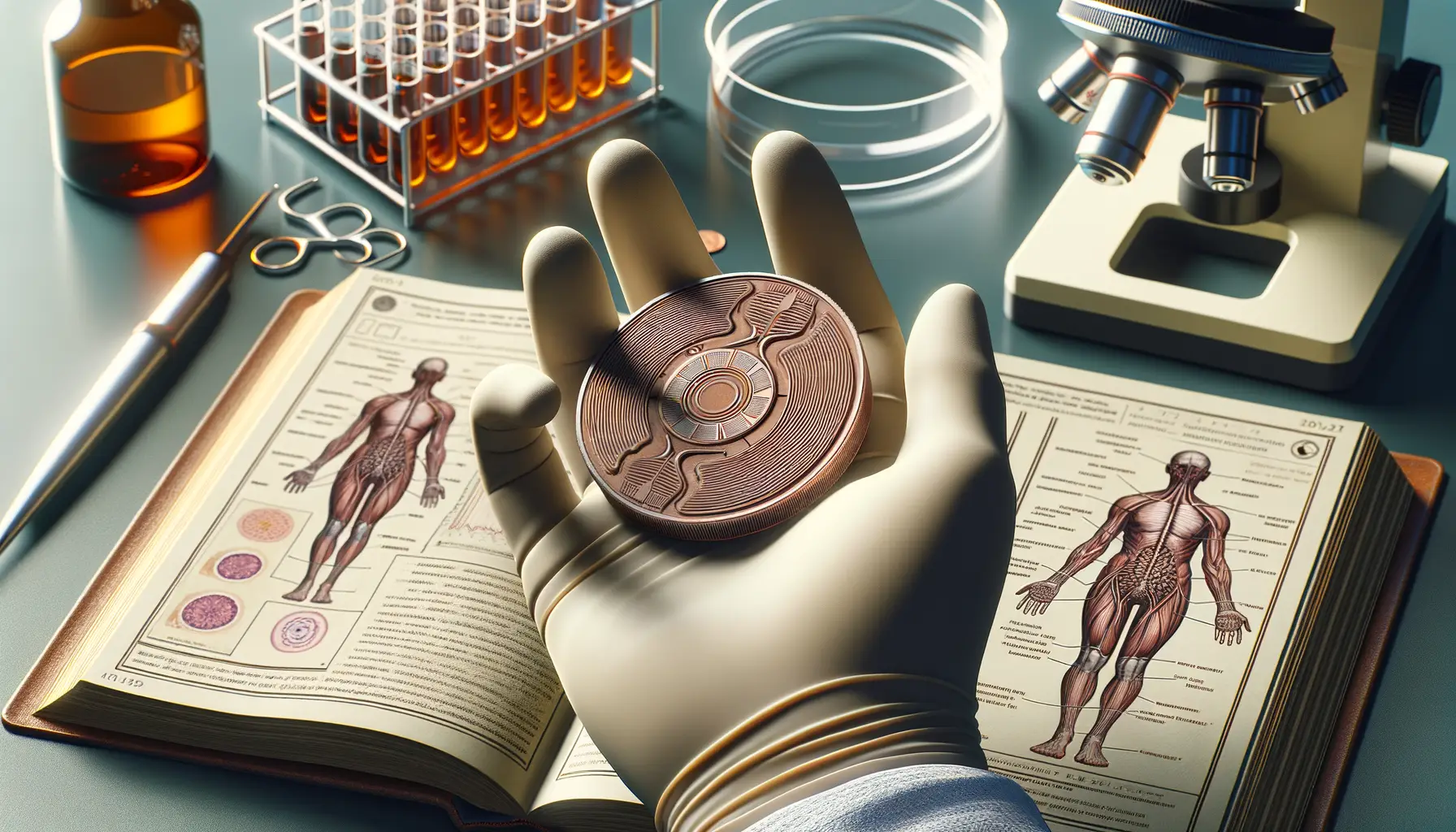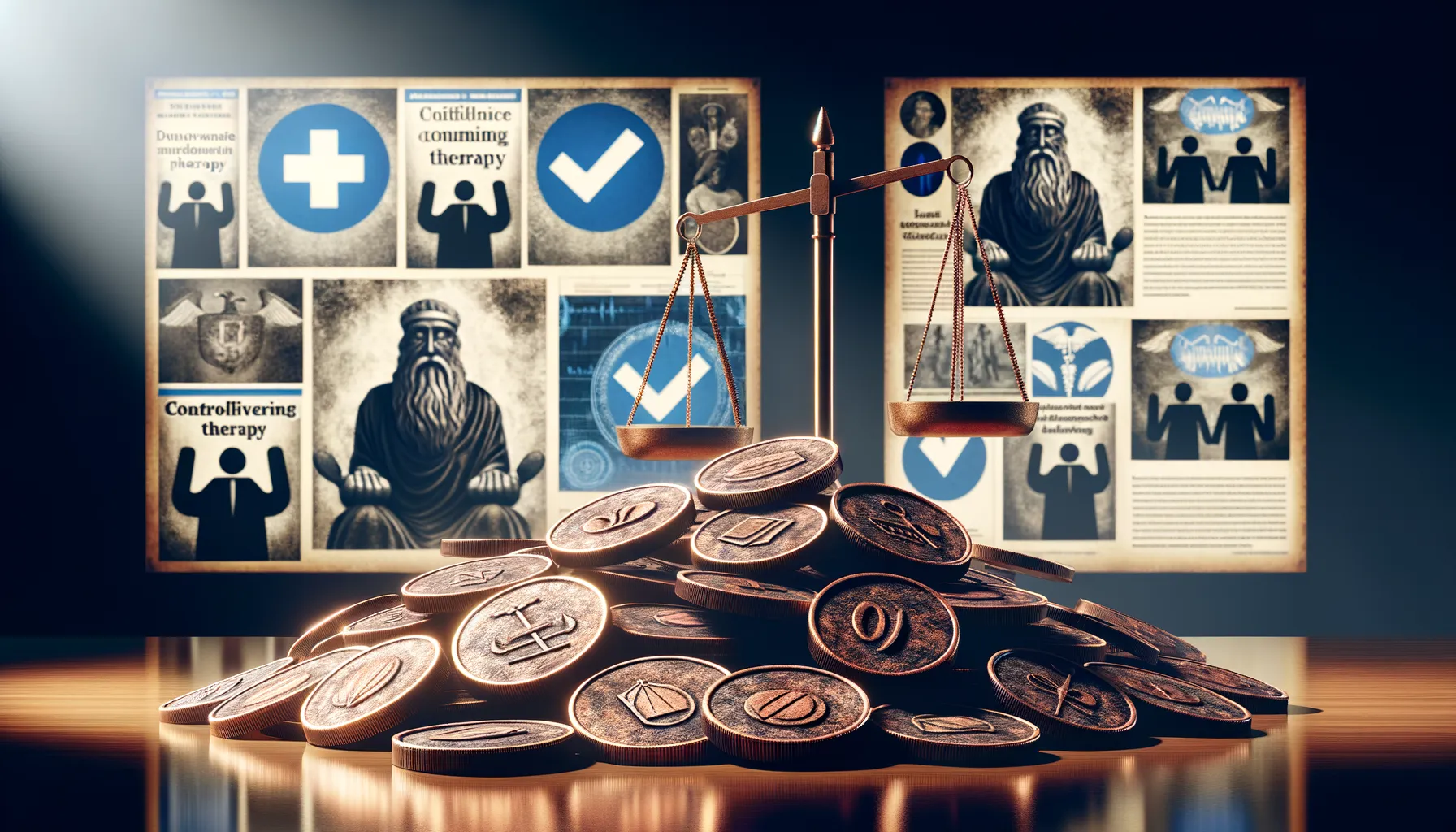Origins and Historical Background of Coining Therapy
The Humble Beginnings of a Timeless Tradition
Picture this: centuries ago, in a quiet village surrounded by lush greenery, an elder tenderly administers a therapy that has been passed down through generations. This is the essence of coining therapy, or “gua sha” as it’s known in some cultures—a practice rooted in the belief that health flows like rivers through our bodies, and stagnation must be cleared.
Tracing its origins to ancient China, coining therapy was a cornerstone of traditional Eastern medicine. It also flourished in neighboring countries such as Vietnam, Cambodia, and Indonesia, each weaving its own cultural twist into the tapestry of this technique. Some accounts even draw parallels to early European practices resembling skin stimulation. It’s awe-inspiring to think that such a simple yet profound method connected humanity across continents.
Myths and Beliefs That Shaped Its Roots
This therapy wasn’t just about health—it was steeped in symbolism and spirituality. Why coins? Traditional societies believed these objects carried energy. And when a coin glided over the skin, it was thought to unblock “qi” (life force). The whispers of ancient wisdom said:
- Red streaks on the skin signified toxins being drawn out.
- Warm sensations hinted at blocked pathways opening up.
- Even bruises were seen as a release of illness from within.
The historical backdrop of coining therapy blends science, mysticism, and intuition—its story, much like the patterned marks it leaves behind, is layered and enduring.
Cultural Significance and Regional Practices

The Deep Roots of Coining in Everyday Traditions
Imagine the warmth of a family gathering, where stories are told under flickering lamplight. In many cultures, this is exactly how the practice of coining therapy, or “gua sha,” fits into daily life. It’s more than just a health ritual; it’s woven into the very fabric of communities. Passed down from grandparents to grandchildren, coining is often viewed as a way to care for loved ones both physically and emotionally.
In Vietnam, for instance, it’s called “cạo gió”, meaning “scraping wind,” symbolizing the belief that illness is caused by external forces needing release. Meanwhile, in China, gua sha sessions are often paired with herbal teas and words of wisdom—it’s less about urgency and more about nurturing balance and harmony. This isn’t just treatment; it’s tradition in action.
- In Southeast Asia, it’s common to see coins or flat tools used with coconut oil during festivals or after the first monsoon rains.
- In some Indigenous tribes, coining aligns with sacred rituals meant to invite healing energies and ward off negativity.
The beauty of coining lies in its adaptability. Every region paints its own story onto its skin, creating a colorful mosaic of cultural identity.
Scientific Perspectives on Coining Therapy

What Does Science Say About This Ancient Method?
Let’s dive into the fascinating intersection where tradition meets science! For centuries, coining therapy (or “gua sha”) has been celebrated as an effective healing practice in traditional medicine. But what does modern research reveal about those distinctive red marks and their supposed benefits?
To start, studies have pointed out some intriguing physiological changes that coining triggers. Researchers believe it stimulates microcirculation—essentially, a flood of blood to specific areas—which can promote healing. Think of it as waking up your body’s repair crew and sending them to the scene of a problem.
Even more interesting, coining may influence our body’s inflammatory response. Scientists speculate that the scraping action releases molecules like pro-inflammatory cytokines, which then activate healing pathways to soothe pain and reduce swelling.
- One study in the journal *Pain Medicine* found that coining could significantly reduce chronic lower back pain—bringing relief faster than standard treatments.
- Another investigation linked it to the release of endorphins, those feel-good chemicals often called the body’s natural painkillers.
Of course, the science is still evolving. While promising evidence exists, researchers caution against overhyping results until more robust trials emerge. Yet even skeptics can’t deny one thing: this ancient therapy sparks curiosity—and maybe even a bit of hope.
Modern Adaptations and Applications

Rediscovering Tradition with a Contemporary Twist
The world of wellness has a way of blending ancient wisdom with modern flair, and that’s exactly what’s happened with coining therapy. Once limited to the practices of Southeast Asia, it has now found its way into urban studios and spas worldwide. Imagine this: a sleek, minimalist clinic in New York offering “gua sha-inspired treatments” or an influencer sharing their glowing skin—courtesy of a coining-esque facial massage wand.
Today, therapists often pair coining techniques with other modalities like aromatherapy or acupressure to create bespoke experiences. It’s no longer just a remedy for illness but a sought-after tool for relaxation, beauty, and even mindfulness. High-tech versions are hitting the market too, like smart tools designed to mimic those signature strokes without losing the essence of the practice.
- In skincare, coining techniques are adapted to lift and sculpt facial contours.
- Sports therapists use similar methods to alleviate muscle tension in athletes.
As these adaptations emerge, one thing is clear: coining therapy is no longer just a relic of tradition—it’s a thriving part of the self-care revolution.
Criticism and Controversies Surrounding Coining Therapy

Unpacking the Skepticism Around Coining Therapy
For all its cultural weight and historical roots, coining therapy hasn’t been immune to a fair share of eyebrow raises and sharp critiques. Why? It’s not just the deep red streaks the practice leaves behind that ignite these heated debates—it’s what those marks symbolize to different eyes.
To some in the medical community, coining therapy dances on a thin line between tradition and misunderstanding. The visible bruises it creates can often trigger alarm bells, especially in regions unfamiliar with the practice. In fact, there have been documented cases where parents practicing coining on their children were falsely accused of abuse. This disconnect, while tragic, underscores how cultural nuance can either be celebrated or erased, depending on who’s interpreting it.
Then there’s the science crowd. Critics argue the practice lacks robust clinical evidence and accuse it of leaning heavily on anecdotal success stories. They raise questions like:
- Does scraping truly improve circulation or “unblock” energy pathways?
- Are the perceived benefits rooted in placebo effects?
On the other hand, defenders argue that dismissing coining therapy entirely is itself a biased take, discounting centuries of collective lived experience—proof that sometimes, “evidence” isn’t bottled up in sterile labs.
